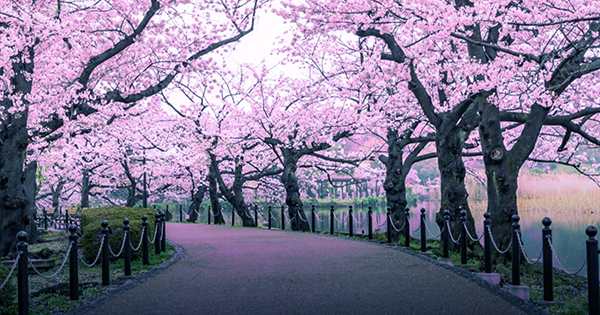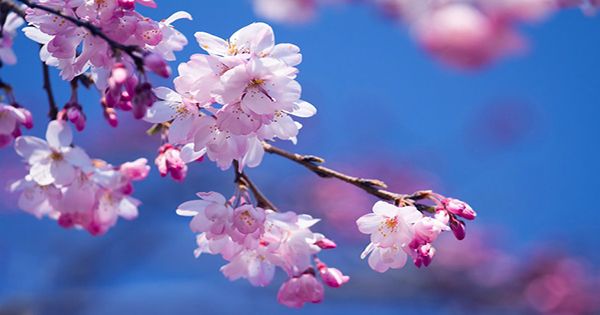One of Japan’s most celebrated natural spectacles has reached a deadly milestone this year, reaching its first date in more than 1,200 years.
Early blooming – undoubtedly still a sight to behold – it comes as a fragrant memory that climate change softens the earth’s natural behavior forever, from severe winter storms to summer that can last up to half a year. In cities like Kyoto, Japan, cherry blossoms are more representative than long-term change. For many centuries, the inhabitants recognized the annual flowering of the tree in their own style called Hanami.
The ancient tradition translates to “seeing flowers” but specific to cherry blossoms (sakura, Japanese), and people will gather under the tree to reflect the beauty of nature and celebrate life. Festivals carry worldwide appeal and in a typical year (when COVID does not ruin all our fun), tourists from all over the world flock to see this spectacle. It seems that now, it may be difficult to predict the time for the annual flowering, as it was officially announced that the 2021 cherry blossom started on March 26th.

This irrational early date dates back to the first 1,200 years, which is 812 AD for a rich archive of cherry blossom festival documents. With 732-logged archives from the 9th century to the present, the archive presents the longest running and deepest record of any landscape in the world. Historically, the Hanami season began in April, but this date has been growing closer to the beginning of the last 100 years, reaching closer to March. Climate scientist Michael Mann told the Washington Post, “Evidence such as the cherry blossom period is also one of the past historical ‘proxy’ measurements that scientists look for in reconstructing past climates,” climate scientist Michael Mann told The Washington Post.
“In this case, that ‘proxy’ is telling us something that quantitative, harsh long-term climate restructuring has already told us – the planet we are witnessing today is experiencing man-made warming unprecedented to return thousands of years ago.” Even after an unfortunate turn in Hanami’s history, such a shift shows that plants and animals are trying to adapt to their changing environment as well as change their natural behavior. It is not just happening in Kyoto, Tokyo sees Hanami arrive 12 days ahead of schedule. Despite a seven percent reduction in emissions during COVID-19 lockdowns, significant changes in climate tides needed if biological processes are to be able to operate on warmer planets.
















